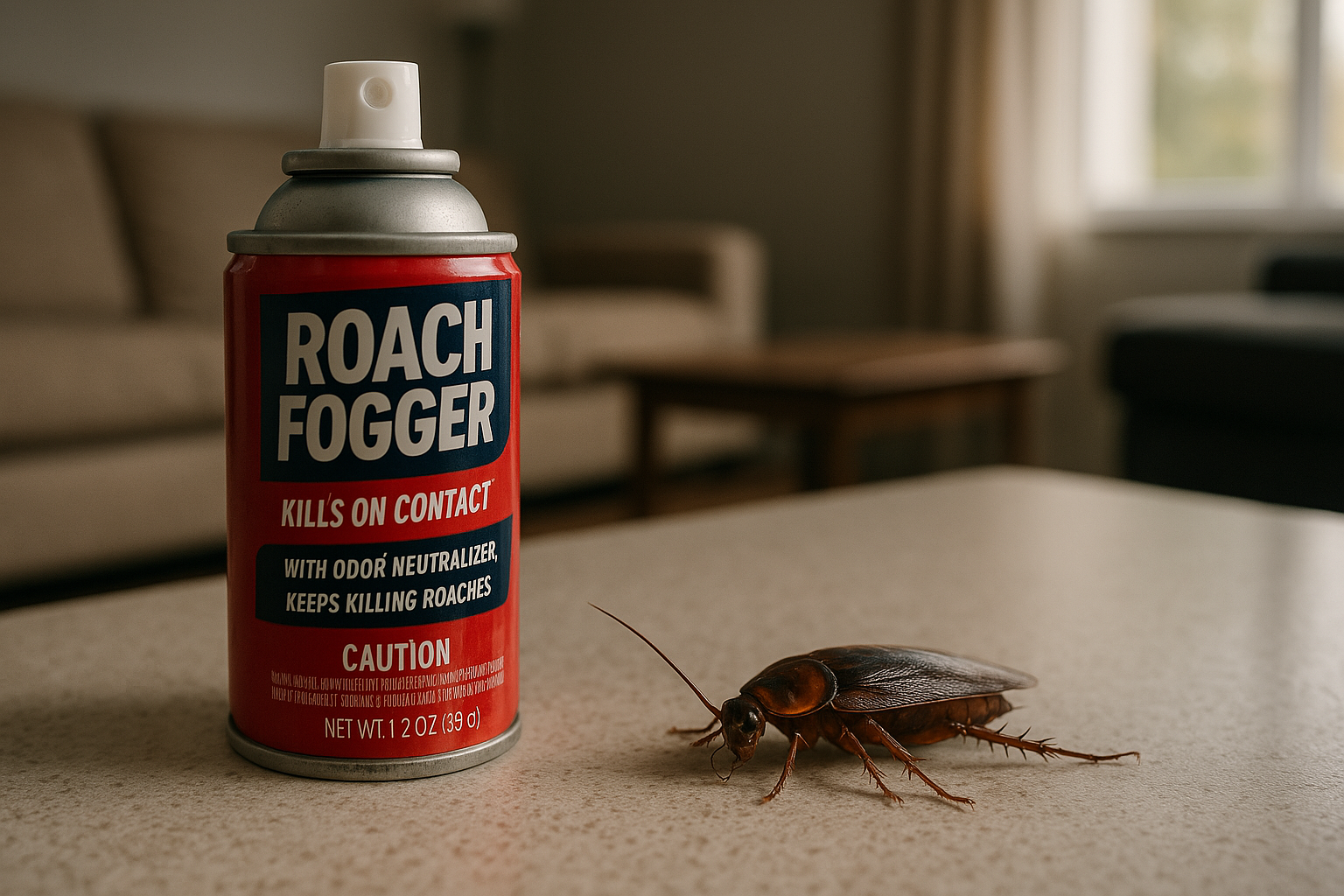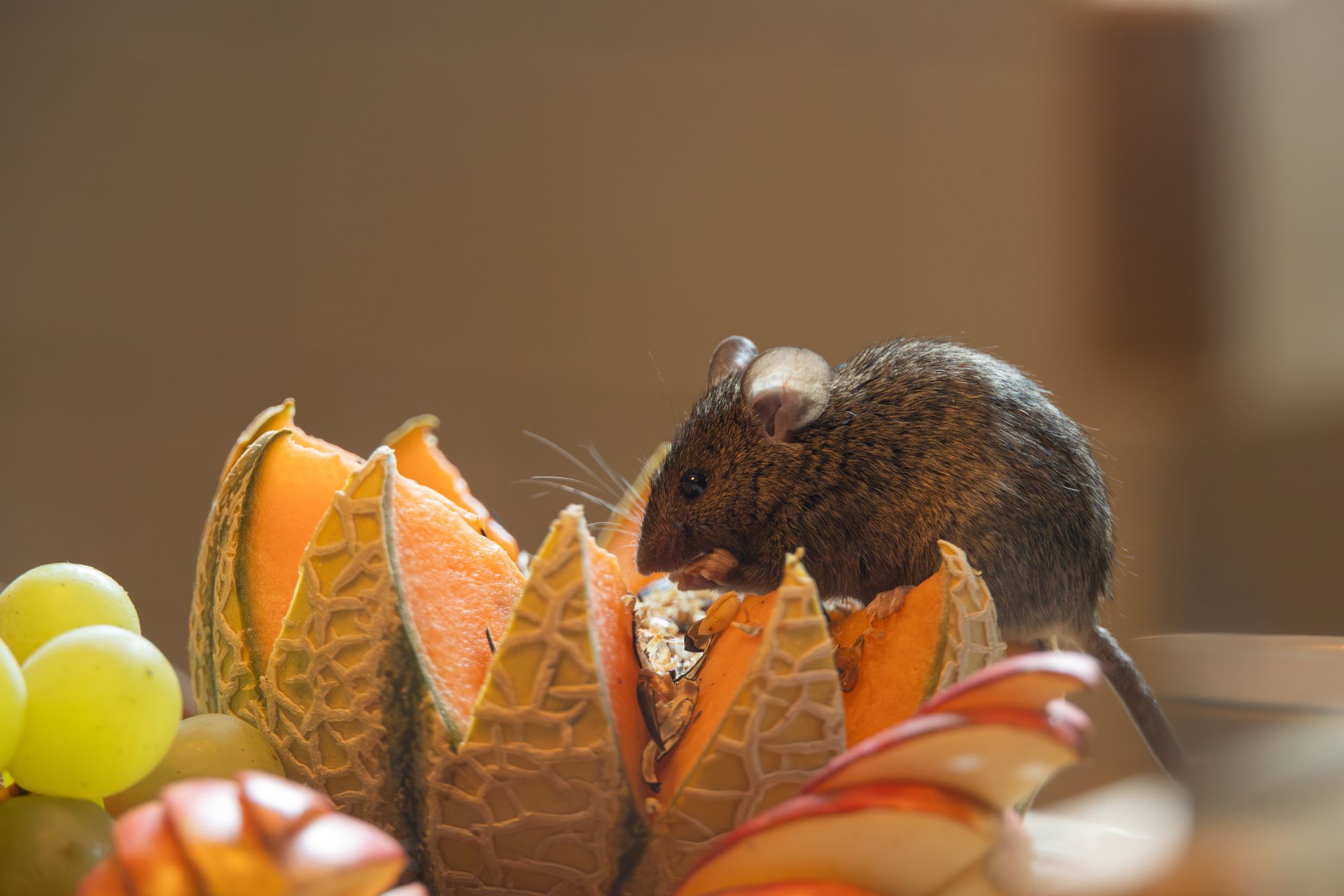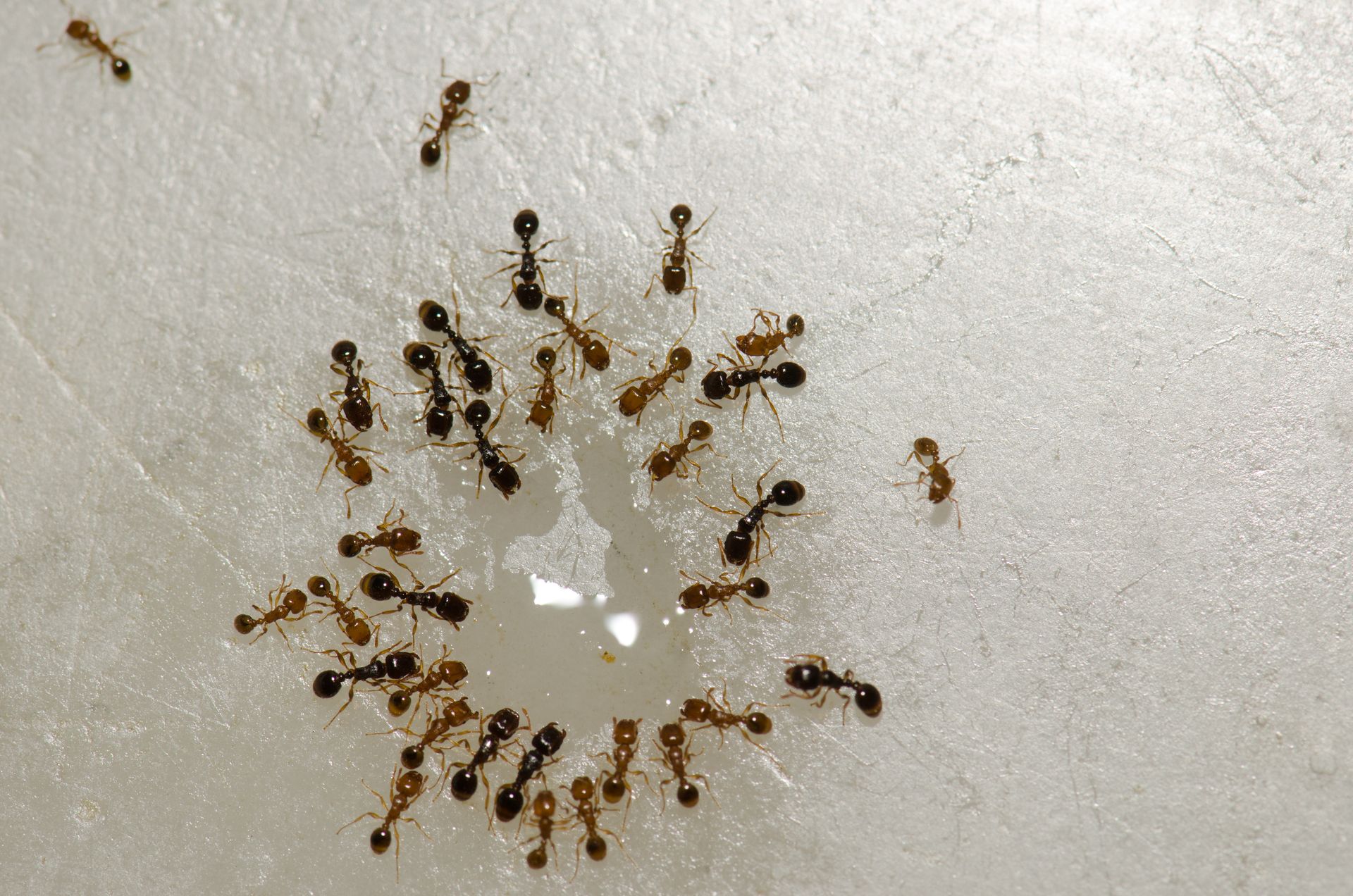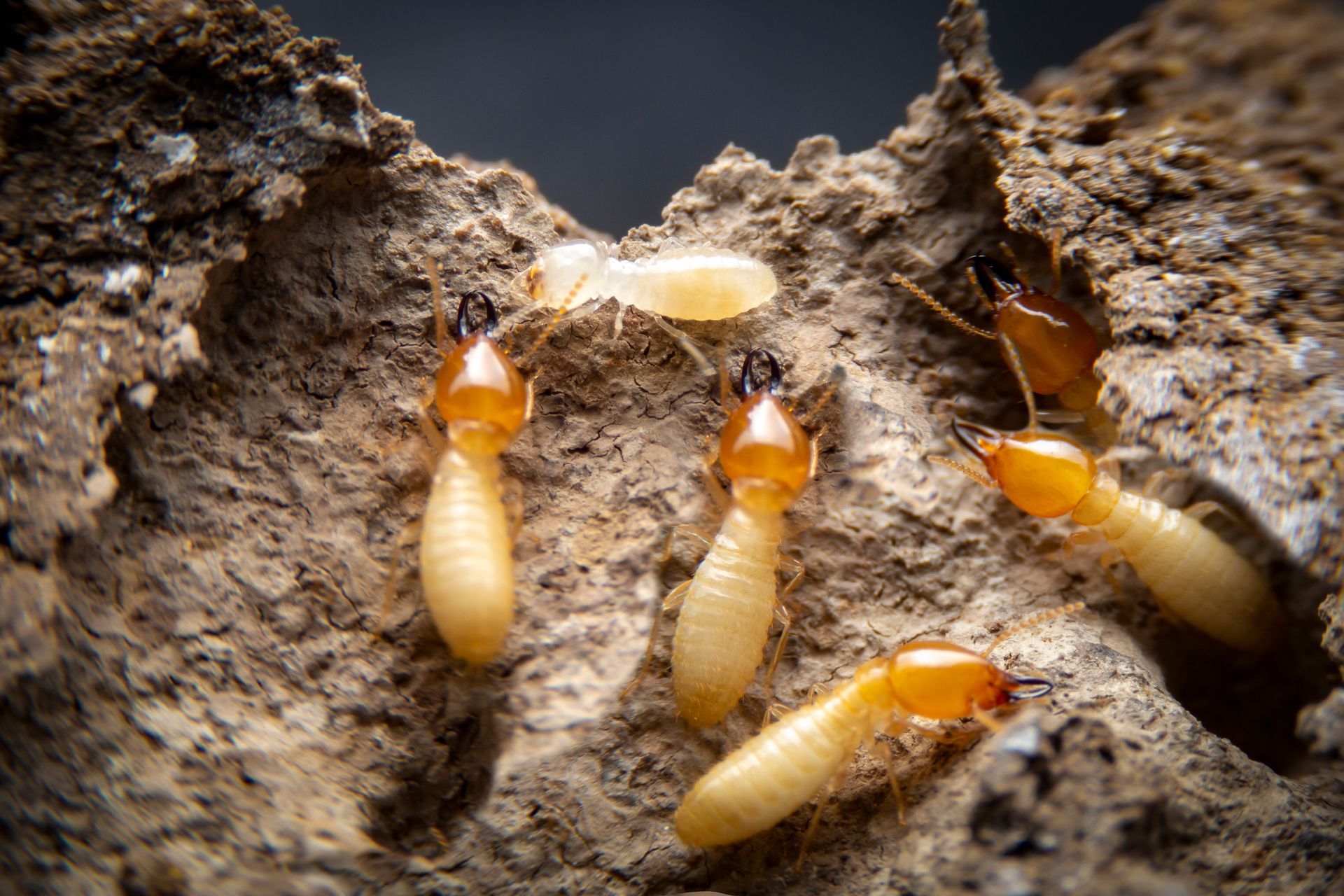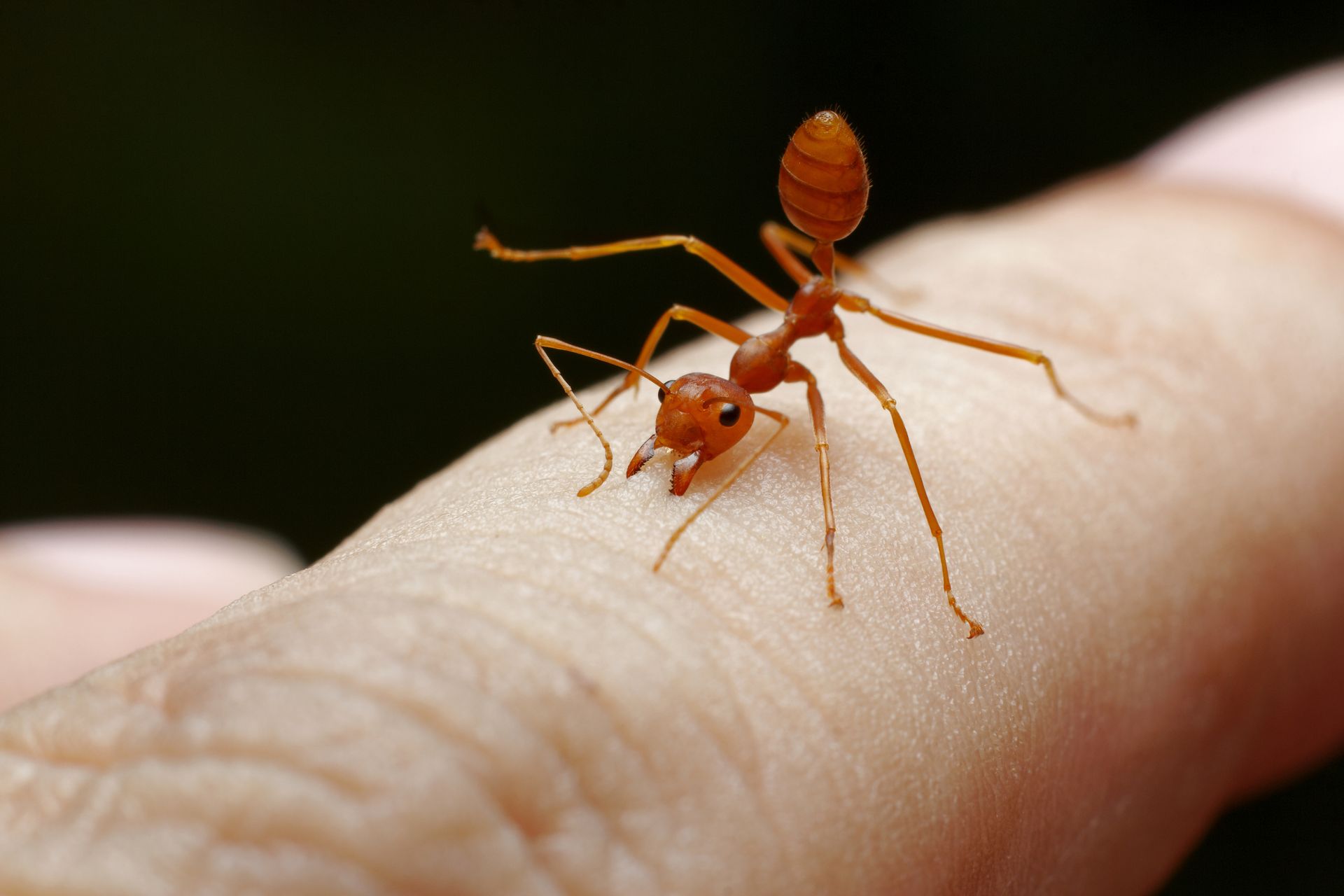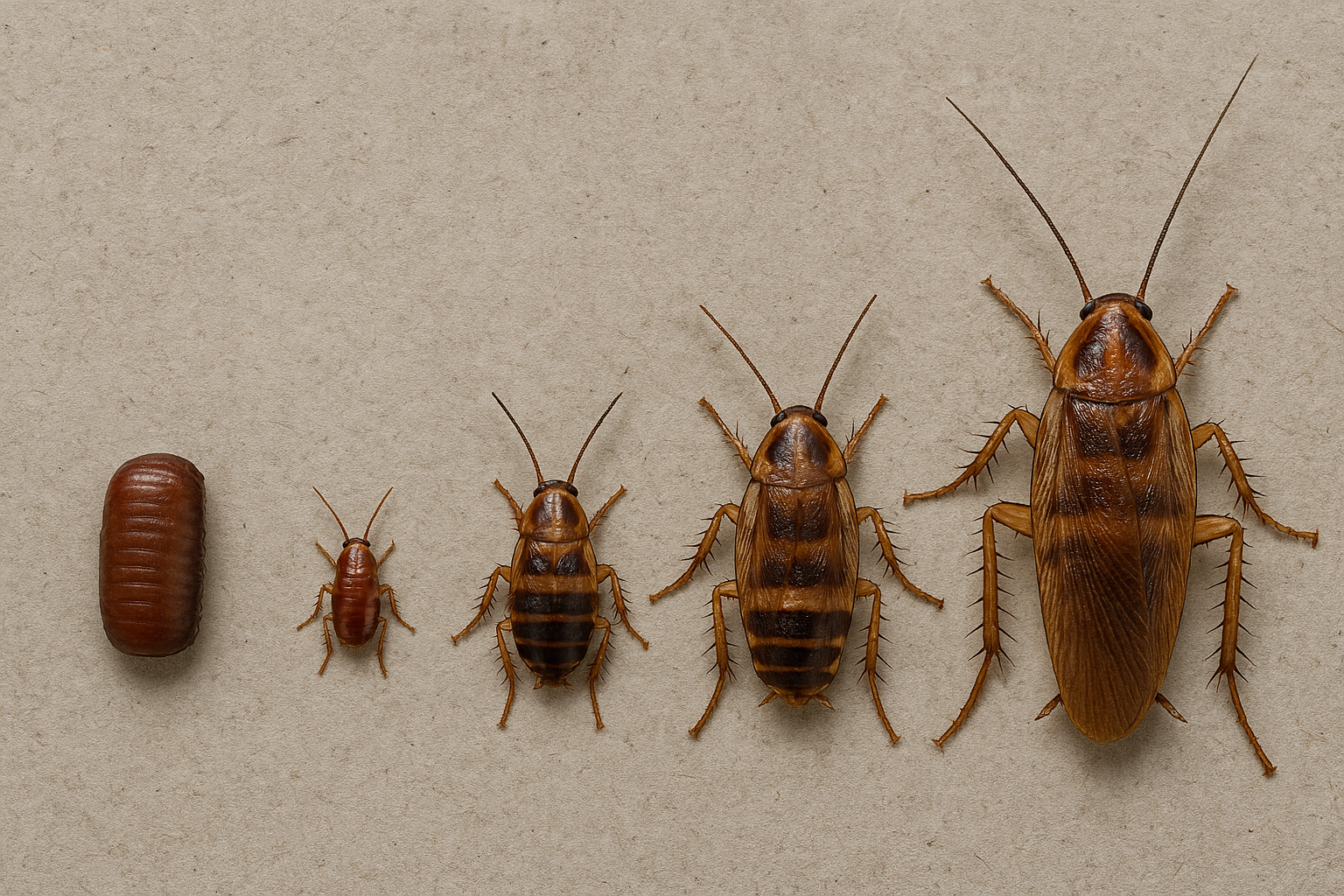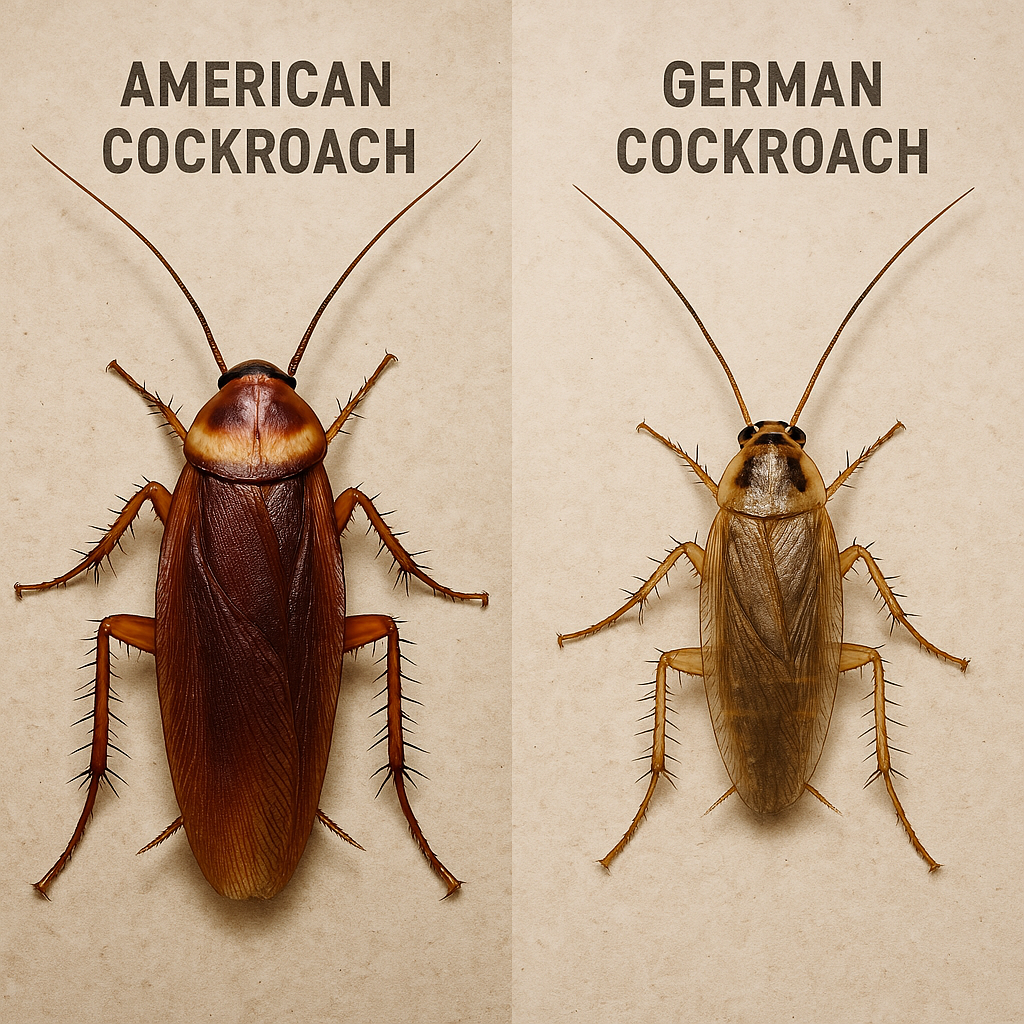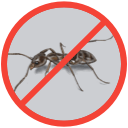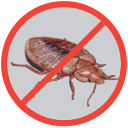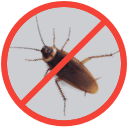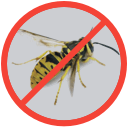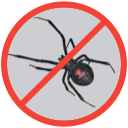How Do Ants Communicate With Each Other?
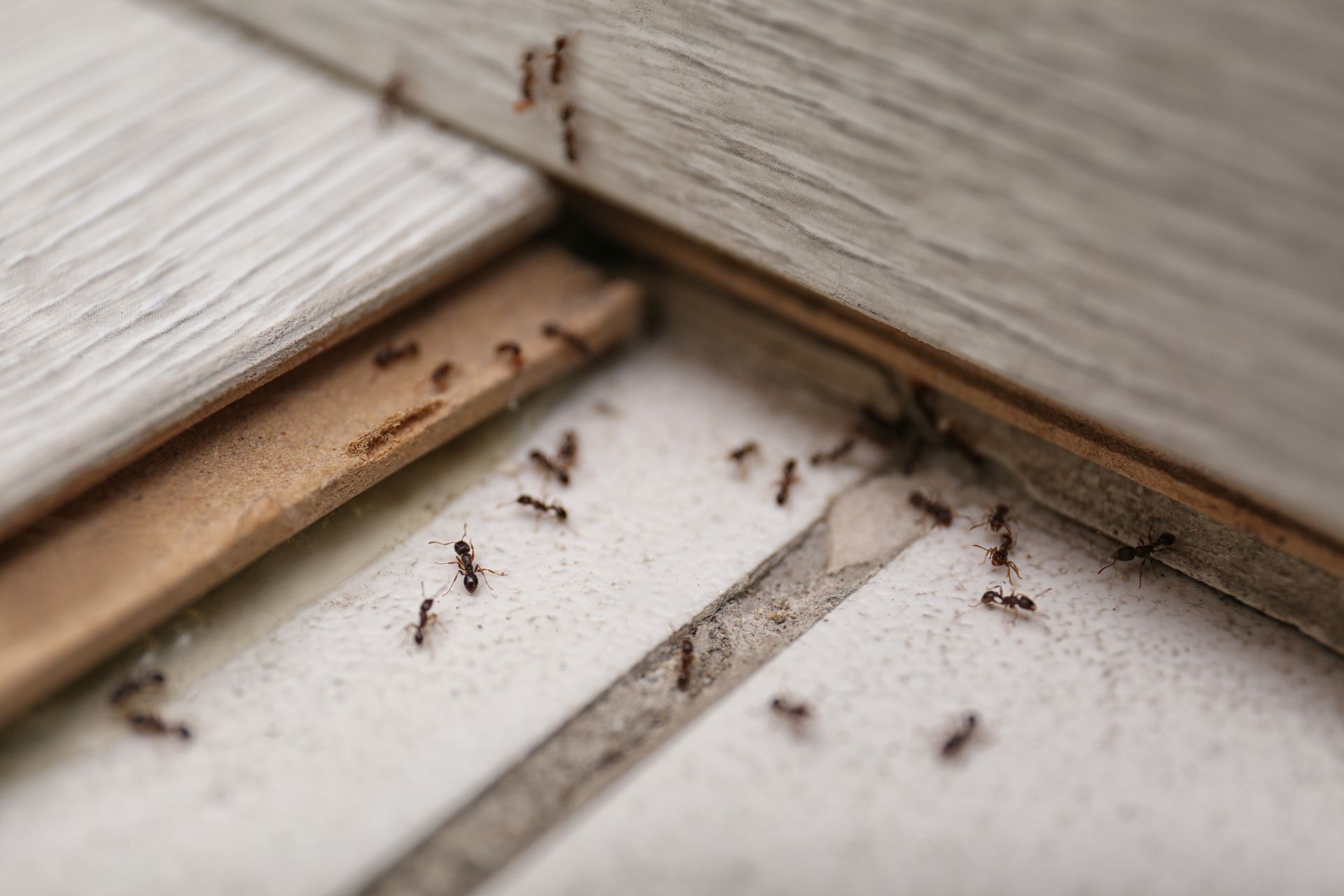
Have you ever watched a line of ants marching with perfect coordination and wonder how they organize themselves so efficiently? Ants use a sophisticated communication system millions of years in the making. Despite their tiny size, ants have developed remarkably complex methods to share information, coordinate activities, and ensure colony survival.
Ants are among the most successful organisms on Earth, with colonies ranging from a few dozen individuals to millions. Their impressive ecological dominance stems largely from their ability to communicate effectively. Without spoken language, these remarkable insects rely on a diverse array of communication methods including chemical signals like pheromones, touch, sound, and even visual cues to create one of nature's most efficient social networks.
Pheromones are the Primary Method Used by Ants for Communication
The cornerstone of ant communication is chemical signaling through pheromones. These are specialized compounds that ants produce, detect, and respond to with remarkable precision. These invisible chemical messages serve as the foundation of ant society which allow colonies of thousands or even millions of individuals to function as a unified entity.
Pheromones are released from specialized glands throughout an ant's body and detected by other ants using their antennae, which are covered with thousands of sensory receptors called sensilla. These receptors are incredibly sensitive and can detect specific chemical compounds in minuscule concentrations.
Studies suggest that ants employ between 10-20 distinct pheromone signals that function as a kind of chemical vocabulary, with each signal triggering specific behaviors and responses within the colony.
The main types of pheromones ants use include:
- Trail pheromones: When worker ants discover food, they lay down a chemical trail on their return journey to the nest. Other ants follow this invisible path and reinforce it with their own pheromones as they travel back and forth. The more valuable the food source, the stronger the trail becomes through this positive feedback mechanism.
- Alarm pheromones: When an ant senses danger, it releases volatile compounds that alert nearby nestmates to potential threats. These chemical signals can trigger defensive behaviors ranging from aggressive posturing to full colony mobilization, depending on the intensity of the signal.
- Recognition pheromones: These chemical signatures help ants identify nestmates versus intruders. Each colony has a unique chemical profile that serves as a form of identification to allow ants to distinguish friends from foes instantaneously.
- Queen pheromones: The queen produces special pheromones that regulate reproduction within the colony. These pheromones are designed to suppress egg laying in worker ants and maintain social structure.
Research published in the Annual Review of Entomology demonstrates that ants can differentiate between multiple pheromone trails simultaneously, prioritizing their response based on the strength and type of chemical signal.
Why Pheromones are So Important to Ant Colony Survival
The pheromone based communication system has been fundamental to the evolutionary success of ants and allows them to become one of Earth's most dominant animal groups. According to research by prominent myrmecologists, ants are estimated to comprise approximately 15% of the terrestrial animal biomass on our planet.
This chemical communication enables:
- Efficient resource utilization: By rapidly communicating the location of food sources, ants can mobilize the precise number of workers needed to harvest resources.
- Collective defense: When threatened, colonies can coordinate defensive responses with remarkable speed and precision.
- Environmental adaptation: Pheromone systems allow colonies to quickly adapt to changing conditions by redirecting foraging efforts or relocating nests when necessary.
- Social organization: Complex division of labor within colonies depends on chemical signals that help determine which ants perform specific tasks.
The resilience of this communication system explains why ant infestations can be so persistent. When you see a few ants in your kitchen, there's likely an extensive network of chemical communication connecting them to many more ants you don't see.
Other Methods of Ant Communication
While chemical communication forms the backbone of ant society, these remarkable insects have developed several additional methods to share information.
Touch and Food Sharing
Tactile communication plays a vital role in ant interactions, especially within the confines of the nest where chemical signals might become too concentrated to be useful.
Antennal contact is perhaps the most fundamental form of tactile communication. When ants meet, they often tap each other with their antennae, exchanging not only chemical cues but also physical information. This "antennal drumming" is a form of nestmate identification and allows ants within a colony to assess their condition and even request food or assistance.
Trophallaxis is the mouth to mouth exchange of liquid food which serves multiple purposes in ant societies. Beyond simple nutrient distribution, this behavior:
- Spreads the colony's unique chemical signature throughout the group
- Distributes information about food quality and availability
- Helps transfer beneficial gut microbes between colony members
- Reinforces social bonds within the colony
A particularly fascinating form of tactile communication is tandem running, observed in species like Temnothorax albipennis. In this behavior, a knowledgeable ant physically guides an uninformed nestmate to a resource or new nest site. The follower maintains physical contact with the leader's abdomen or legs in order to learn the route through direct experience. Research by Nigel Franks at the University of Bristol has shown this to be the first documented case of formal teaching among non-human animals.
Body Language
Ants also communicate through a variety of physical postures and movements that function as visual signals to nestmates.
Some common examples of ant body language include:
- Abdominal raising: Lifting the abdomen (gaster) signals aggression or alarm in many species. This is often accompanied by the release of alarm pheromones.
- Mandible display: Opening mandibles wide serves as a threat display to potential intruders or competitors.
- Antennation patterns: Different patterns of antennal movements can convey specific messages between individuals.
- Vibrational cues: Some ants stamp their bodies against nest surfaces to create vibrations that alert nestmates to danger or food.
- Body positioning: In certain species, such as weaver ants (Oecophylla), workers use their bodies during nest construction to serve as living measuring tools for other builders to reference.
Sound
Though less prominent than chemical or tactile communication, acoustic signaling plays a surprising role in ant communication repertoires, especially in certain species and specific contexts.
Stridulation is the primary method ants use to generate sound. This involves rubbing specialized body parts together to create vibrations. In the subfamily Myrmicinae, for example, ants possess a stridulatory organ consisting of a scraper and ridged file on their abdominal segments.
The sounds produced are often too subtle for human ears but are detected by other ants through specialized sensory organs in their legs and antennae that can perceive substrate borne vibrations.
What Allows Ants to Communicate with Each Other?
The remarkable communication abilities of ants depend on specialized anatomical features and sensory organs that have evolved over millions of years.
Antennae
An ant's antennae serve as its primary sensory organs, functioning as an integrated communication center that processes multiple types of information simultaneously.
These remarkable structures are covered with thousands of microscopic sensilla which are specialized sensory hairs that detect:
- Chemical signals: Most sensilla are chemoreceptors that detect pheromones and other environmental chemicals with extraordinary sensitivity. Research has shown that ants possess highly specialized detection systems that can respond to remarkably low concentrations of certain pheromones [5][6].
- Tactile information: Mechanoreceptors on the antennae register physical contact which allow ants to gather information through touch.
- Temperature and humidity: Thermoreceptors and hygroreceptors help ants monitor environmental conditions that affect pheromone dispersion and colony health.
- Air currents: Some sensilla detect air movement, helping ants navigate and locate odor sources.
Ants’ antennae can also move freely with surprising range that gives them the ability to detect pheromones from any direction.
Pheromone Glands
Ants possess an impressive array of exocrine glands that produce the diverse chemical signals essential for colony communication. These specialized structures are distributed throughout their bodies, with different glands producing pheromones for specific functions:
- Dufour's gland: Located in the posterior section of the abdomen, this gland produces trail pheromones in many species which helps ants mark paths to food sources or new nest sites.
- Poison gland: Besides producing defensive chemicals, this gland is often involved in creating alarm pheromones that alert nestmates to danger.
- Mandibular glands: These produce pheromones that can signal alarm, attraction, or serve as territorial markers depending on the species.
- Metapleural glands: Unique to ants, these glands primarily produce antibiotics that help maintain colony hygiene and health, but in some species also contribute to the colony's chemical signature.
- Rectal gland: In certain species, this gland produces trail pheromones deposited during food searches.
- Postpharyngeal gland: This plays a crucial role in storing and mixing colony specific hydrocarbons that help ants recognize nestmates.
The diversity and specialization of these glands vary significantly between species which reflects their evolutionary adaptations to different ecological niches and social structures.
Reasons for Ant Communication
The sophisticated communication systems ants have evolved serve numerous vital functions that ensure colony survival and success. Understanding these functions provides insight into why ants behave as they do.
Foraging and Food Location
Perhaps the most visible form of ant communication occurs during foraging behavior. When scouts locate food, they establish chemical trails that guide nestmates to the resource with remarkable precision.
This process involves several communication steps:
- When an ant scout discovers food, they test it to determine the quality and if it is rich enough in nutrition to warrant alerting the colony.
- While returning to the nest, the scout deposits a pheromone trail while carrying a sample of the food
- Inside the nest, the scout may engage in trophallaxis with nestmates to share food samples and stimulating them to follow the trail
- Other workers use the pheromones left by the scout to find the source of food to return to the nest with.
- Successful foragers reinforce the trail with their own pheromones, creating a self-reinforcing system to lead the rest of the colony to the source of food.
This communication system is remarkably sophisticated. Studies have shown that the intensity of recruitment correlates with food quality with richer food sources triggering stronger trail laying behavior and more vigorous recruitment displays.
Some ant species even have separate "outbound" and "inbound" pheromones, creating two way highways that prevent traffic jams during intensive foraging operations.
Nest Defense and Predator Alarms
When threatened, ants communicate danger through multiple channels simultaneously:
- Alarm pheromones trigger rapid responses from nearby nestmates
- Vibrational signals alert ants inside the nest structure
- Direct physical contact spreads the alarm in dense groups
The type of alarm communication used is determined by the severity of the perceived threat. Some species release different alarm pheromones for different threats, allowing for specialized responses. For instance, certain alarm chemicals trigger aggressive attack behavior, while others prompt nest evacuation or protective measures around the queen and brood.
Research has demonstrated that some ant species can even communicate information about the level of danger is present through variations in their alarm signals.
Nest Maintenance and Relocation
Ant colonies must sometimes relocate due to nest damage, predation pressure, resource depletion, or environmental changes. This complex operation requires extraordinary coordination through multiple communication channels:
- First, scout ants will identify a potential nesting site for relocation
- Successful scouts recruit nestmates through tandem running or chemical trails
- Information about site quality is communicated through the vigor of recruitment displays
- During the moving process, adults carry brood, food stores, and sometimes even nestmates to the new location
In species like the rock ant (Temnothorax albipennis), scouts perform a remarkable behavior called "quorum sensing." When enough scouts have independently discovered and approved a new nest site, the colony changes their tandem running behavior to full blown migration where large groups of workers will start moving the colony including eggs and larvae.
Social Organization and Colony Cohesion
Communication is fundamental to maintaining the complex social structure of ant colonies, which often contain multiple castes with specialized roles.
Key aspects of social communication include:
- Colony recognition through cuticular hydrocarbons that create a colony specific "odor passport"
- Allowing the development of other reproductive queens which will help develop satellite colonies for rapid colony expansion
- Task allocation signals that help distribute labor efficiently throughout the colony
- Status recognition cues that communicate an individual's role, age, and condition
This intricate communication network ensures that thousands or millions of individual ants can function as a coordinated superorganism in order to respond collectively to challenges and opportunities in their environment.
The Evolution of Ant Communication Systems
The sophisticated communication methods we observe in modern ants represent the culmination of over 100 million years of evolutionary refinement. Fossil evidence suggests that early ants already possessed specialized exocrine glands similar to those used by contemporary species for chemical communication.
What makes ant communication particularly fascinating from an evolutionary perspective is how different species have adapted their communication strategies to suit their ecological niches:
- Army ants evolved highly volatile trail pheromones that evaporate quickly, allowing these nomadic hunters to create dynamic trails that constantly adjust to prey movements.
- Leaf cutter ants developed complex recruitment systems with multiple pheromone components to coordinate their sophisticated agricultural operations.
- Desert dwelling species produce more stable, long lasting pheromones that can withstand extreme temperatures and low humidity.
Studies revealed that genes associated with chemical communication in ants have undergone rapid evolution compared to other genes, highlighting the importance of communication in ant survival and adaptation.
Communication Differences Between Ant Species
The diversity of communication methods across different ant species reflects their varied ecological roles and evolutionary histories. Understanding these differences is crucial for effective pest management, as control strategies effective against one species may fail against others.
Odorous House Ants (Tapinoma sessile)
- Rely heavily on trail pheromones produced in the hindgut
- Release a particular pheromone upon being crushed that potentially warns other ants of danger
- Form strong, persistent foraging trails that can rapidly lead hundreds of workers to food sources
- Multiple queens communicate through pheromones to regulate colony expansion
Carpenter Ants (Camponotus spp.)
- Use vibrational communication extensively within wooden structures
- Produce acoustic signals by striking their mandibles against tunnel walls
- Use multi compound trail pheromones to inform the colony of food and danger
- Scouts use tandem running to guide nestmates to new food sources or nesting sites
Fire Ants (Solenopsis invicta)
- Possess one of the most sophisticated alarm pheromone systems
- Use at least four different alarm chemicals that trigger specific responses
- Rely on queen pheromones that can influence colony behavior from a single source
- Communicate through vibrations during mound building activities
Pharaoh Ants (Monomorium pharaonis)
- Deploy extremely long lasting trail pheromones that remain active for days
- Leave specific pheromones that inform ants that there is no need to follow as the trail does not lead to useful resources
- Rely heavily on queen recognition pheromones to maintain multiple queens in harmony
- Establish complex trail networks throughout buildings that direct workers to resources
How Environmental Factors Affect Ant Communication
The effectiveness of ant communication systems, particularly chemical signaling, is significantly influenced by environmental conditions. These factors can either enhance or impair ants' ability to communicate effectively.
Temperature and Humidity Effects
Temperature and humidity play critical roles in pheromone dispersion and persistence:
- High temperatures accelerate pheromone evaporation, potentially making trails less persistent but initially more detectable due to increased volatility
- Low temperatures slow evaporation, creating longer lasting trails but potentially reducing immediate detection
- Optimal humidity levels (typically 40-60%) enhance pheromone effectiveness, while extremely dry conditions can cause premature degradation of chemical signals
- Heavy rainfall can physically wash away trail pheromones, forcing colonies to reestablish communication networks
Research published in Behavioral Ecology has shown that some ant species adjust their communication strategies seasonally to compensate for these environmental variables.
Human Interference
Human activities can significantly disrupt ant communication systems:
- Cleaning products containing surfactants dissolve and remove trail pheromones
- AC units can reduce humidity and influence air pathways that disrupt the dispersion of pheromones
- Artificial lighting can disrupt visual and temporal cues used by some species
- Vibrations from machinery or construction can interfere with tactile and vibrational communication
Understanding these environmental factors helps explain why ant activity patterns change seasonally and why infestations sometimes temporarily resolve before returning when conditions become more favorable.
Research Breakthroughs in Understanding Ant Communication
Recent scientific advances have dramatically improved our understanding of ant communication, revealing even greater sophistication than previously recognized.
Several groundbreaking studies have expanded our knowledge of ant communication:
- Multi component trail pheromones: Research from 1995 revealed that what we once thought were simple trail pheromones are actually complex mixtures of compounds, with different components signaling food quality, distance, and directionality [10].
- Individual recognition: Contrary to earlier beliefs that ants could only recognize colony membership, recent studies have demonstrated that certain species can identify specific individuals, particularly in smaller colonies with complex social structures.
- Electromagnetic sensitivity: Emerging research suggests some ant species may detect and respond to electromagnetic fields, potentially using Earth's magnetic field as a navigational aid that complements their chemical communication.
- Microbiome communication: Studies from Harvard University have shown that gut bacteria in ants produce compounds that influence nestmate recognition, suggesting the microbiome plays a previously unrecognized role in colony communication .
These discoveries continue to reveal new dimensions of ant communication which highlights how little we know about these remarkable insects.
Disrupting Ant Communication for Pest Control
Understanding how ants communicate provides valuable insights for effective pest management. By targeting their communication systems, particularly their chemical signaling, we can develop control strategies that disrupt colony functions rather than simply killing individual ants.
How Pest Control Professionals Target Ant Communication
Professional pest management leverages several approaches that specifically interfere with ant communication:
- Pheromone trail disruption: Specialized cleaning agents and surfaces treatments can eliminate existing pheromone trails to disorient foragers and prevent them from returning to food sources or their nest.
- Bait systems: Modern ant baits work with the ants' own communication system, allowing foragers to bring slow acting insecticides back to the colony through their natural food sharing behaviors.
- Barrier treatments: Certain products create zones that mask or interfere with pheromone detection to prevent ants from establishing new trails through treated areas.
- Environmental modifications: Reducing environmental humidity can accelerate pheromone evaporation, making chemical trails less persistent and harder for ants to follow.
DIY Methods for Disrupting Ant Communication
While professional treatment offers the most comprehensive solution for ant problems, there are several science backed approaches homeowners can use to temporarily disrupt ant communication:
- Vinegar solutions: The acetic acid in vinegar masks and neutralizes trail pheromones. Cleaning using a 50/50 solution made of vinegar and water can disguise the chemical pheromones left by ants.
- Essential oils: Certain essential oils, particularly peppermint, tea tree, and lemon, contain compounds that interfere with ants' ability to detect pheromones. Diluted applications around entry points can create barriers that confuse foraging ants.
- Physical barriers: Substances like diatomaceous earth or talcum powder can disrupt both chemical trails and interfere with the ants' ability to detect chemical signals through their antennae.
- Regular cleaning: Frequently cleaning floors and countertops, especially with soap based cleaners, helps remove existing pheromone trails that guide ants to food sources.
While these methods can provide temporary relief, they typically don't address the root cause of an infestation. For persistent ant problems, professional intervention is recommended to ensure complete resolution.
Contact EcoGuard if You Are Dealing with Ants
While understanding ant communication is fascinating, dealing with an ant infestation requires professional expertise and targeted solutions. At EcoGuard Pest Management, we leverage scientific knowledge about ant communication to develop effective, species specific control strategies so ant infestations don’t infiltrate your home or business. Contact EcoGuard today for a consultation with our ant communication experts, who can develop a targeted plan to solve your specific ant problem.
Ant Communication FAQs
How do ants communicate where food is?
Ants have a remarkable ability of leaving chemical communication signals called pheromones along the path from a source of food back to their colony. Scout ants that discover food will lay these chemical trails, which other ants can follow using their sensitive antennae, allowing the colony to efficiently mobilize foragers to valuable resources.
Why do ants stop when they meet?
Ants stop to exchange information when they meet, primarily through touching antennae and detecting chemical signals on each other's bodies. This brief interaction allows them to identify nestmates, share information about food sources or dangers, and coordinate colony activities through a process sometimes called "antennation."
Can ants hear human voices?
Ants cannot hear human voices in the way we understand hearing, as they lack ears and don't perceive airborne sound waves like humans do. Instead, they detect vibrations through their legs and bodies, so while they might sense the vibrations caused by loud human speech or footsteps, they aren't actually "hearing" your voice.
What are ants doing when they touch each other?
When ants touch each other, they're engaging in chemical communication by detecting pheromones and hydrocarbons on each other's bodies with their antennae. This "antennation" behavior allows them to identify nestmates, share information about food locations or dangers, transfer food through trophallaxis (mouth to mouth feeding), and coordinate colony activities through a sophisticated chemical language.
How do scientists measure and analyze ant pheromone trails that are invisible to humans?
Scientists use specialized imaging techniques like gas chromatography mass spectrometry to detect and analyze the chemical composition of ant pheromones. They also conduct behavioral experiments using manipulated environments where they can track ant movement patterns in response to artificially applied chemical compounds.
Do different ant species have completely different communication systems, or are there universal "languages" all ants understand?
Different ant species have evolved specialized communication systems tailored to their ecological niches, though there are some universal alarm signals that trigger similar defensive responses across species. Colony specific scent profiles are typically unique, functioning as a form of "passport" that prevents infiltration by outsiders.
Can ants from different colonies ever learn to communicate with each other, or do they remain permanently isolated communication networks?
While ants typically maintain colony specific communication systems that exclude outsiders, some species can form supercolonies where originally separate colonies gradually adopt shared communication patterns. This happens when genetic or environmental factors cause communication barriers to break down over time.
How does ant communication change when a colony faces threats versus when it discovers abundant food resources?
During threats, ant communication becomes rapid and widespread, with alarm pheromones designed to volatilize quickly and reach many nestmates simultaneously. Food discovery communication, on the other hand, is more measured and directional and often involves concentration gradients that help nestmates find the exact location of resources.
How do ants’ ability to communicate with each other impact their success within the insect kingdom compared to other insects that display solitary behavior?
Sophisticated communication has been a primary driver of ants' ecological dominance, allowing them to coordinate complex tasks like mass foraging, territory defense, and collective problem solving that solitary insects cannot manage. Ants’ ability to share information with each other through different communication methods has made them a dominant species within both the insect and greater animal kingdom. When accounting for total terrestrial animal biomass, ants are estimated to comprise roughly 15% of all terrestrial animal life on the planet.


